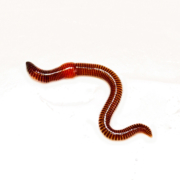Jörg Römbke is among the high ranking reviewers of Environmental Toxicology and Chemistry
In its annual list of high ranking reviewers, Environmental Toxicology and Chemistry (ET&C) highlights reviewers who have consistently provided the journal with high‐quality, timely reviews.

 D. Leib
D. Leib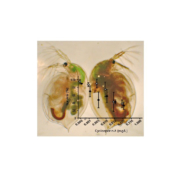 L. Schlüter-Vorberg
L. Schlüter-Vorberg
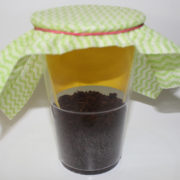
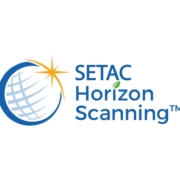 SETAC
SETAC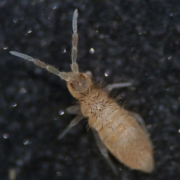 D. Leib
D. Leib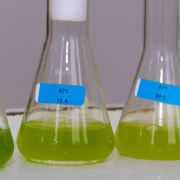 D. Leib
D. Leib T. Junker
T. Junker
